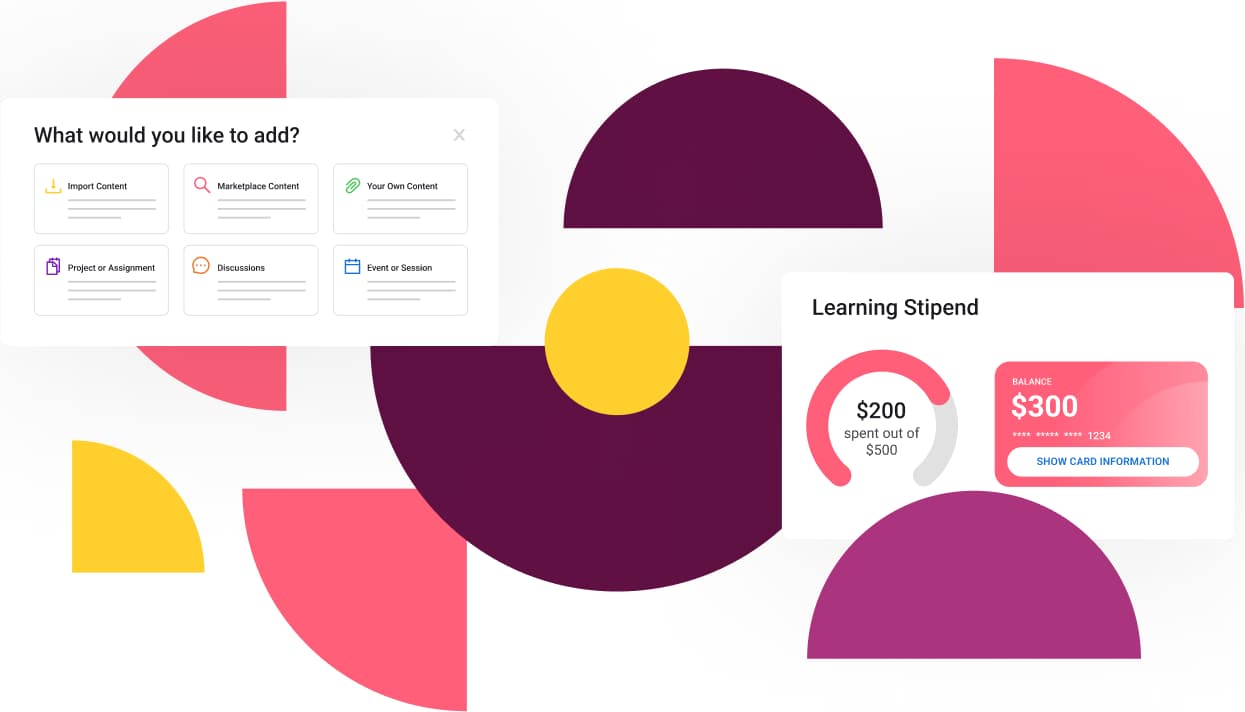HR Myth #1: We encourage learning but our employees don’t put in the time
Most companies cap tuition assistance at $5250, which is the amount they can deduct from their taxes so it doesn’t cost them anything. In busting this myth we ask the question: When is a benefit not a benefit? When it is nearly impossible to use, and when it can be rescinded.
“The definition of insanity is doing the same thing over and over and expecting different results.”–Albert Einstein
Buried in WEF’s 2020 Future of Jobs report is a startling statistic for learning pros. The global skills gap–the difference between the skills companies need and their employees’ skills–has gotten worse since WEF’s last report in 2018. The situation is so bleak that WEF has called it a “skills emergency.”
How can that be?
Globally, businesses spend $370 billion annually on lending and development (L&D) programs and platforms. There are roughly 738,000 degree and credential programs available. But the skills gap is getting worse?
What’s that definition of insanity?
What businesses don’t offer is the time employees need to learn new skills.
Employees Want to Learn but Don’t Have Time
You have a 90-minute online class on data analytics scheduled for Thursday. It’s on your calendar which your boss, who agreed to the course, can see. On the day of the class, the boss schedules a meeting and says it takes priority.
It’s the same old story. Survey after survey tells us that employees want to learn on the job, but they don’t have time. In fact, 94 percent of employees will stay at a company longer if it invests in their development.
WEF also found that 94 percent of employers expect employees to pick up needed skills on their own. But 86 percent of employees think employers should be responsible. Think about how this perspective from employers then disproportionality impacts some populations more than others.
- People who are primary caretakers of their parents
- People with children that are distance learning
- People with second jobs
Do employers understand their own population and actually take into account these factors? Or is the assumption that every one of their employees lives exactly the same lives outside of work?
Maybe that’s why even though 90 percent of U.S businesses offer tuition help for L&D, less than 10 percent of employees use it. It’s not that workers don’t want to learn. Employees have been telling us for years that they want to learn but don’t have time. Soft money in the form of time will deliver hard money through retention and reduced hiring costs.
Not Equipped to Upskill
Michelle R. Weise, researcher, founder of the Strata Institute of the Future of Work, and author of “Long Life Learning: Preparing for Jobs That Don’t Even Exist Yet,” understands the problem and how to fix it.
“Siloed and unintegrated, our systems had long neglected millions of people looking to access the relevant information, funding, advising, support, and skills training they need to advance. Weise said.” And when Covid-19 hit, it became all too clear that our systems of learning and work were not equipped to skill up and transition large numbers of workers to jobs that are in demand.”
A Talent-Building Infrastructure
WEF says it takes about 480 hours to learn a new skill. If you’re serious about building talent through L&D programs, you can’t just bury them in an LXP, LMS or benefits portal. You need to give workers the time to learn, plain and simple.
Despite all the enthusiasm about e-learning, ed-tech, and L&D programs, they are not working at anything close to scale. Weise pointed to many reasons for this, but “time is the biggest barrier,” she said. “No skills-building initiative will work unless we solve for this limiting factor of time.” As companies move towards establishing a talent-building infrastructure, realigning how we use work-time, including the approvals and workflows, is essential.
So, yes, companies need to upskill at scale and do it inclusively, but offering access to content is only a small part of what’s needed.
Written By: MICHELLE VOCK, Director of Upskilling Success, Learn In
About Learn In
Learn In is the first talent-building platform designed for companies to solve every barrier that stands in the way of creating tomorrow’s workforce. Organizations use Learn In to identify talent-building goals, design skill-based programs, learn together in cohorts with coaches, and access flexible financing, delivering measurable outcomes for every dollar spent on upskilling the workforce. Co-founded by the founders of Degreed, Learn In is backed by leading edtech & future-of-work investors, including GSV, Album, Firework Ventures, and Village Global, and has been covered in CNBC, USA Today, EdTechReview, EdSurge, and Techcrunch.
For more insights, follow us on LinkedIn, or subscribe to our newsletter to stay in touch.
